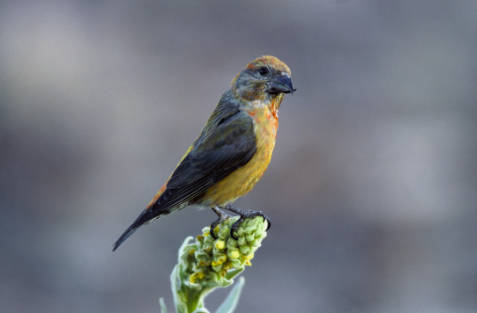 The Montana Department of Fish, Wildlife & Parks has reported an avian salmonella outbreak in Billings, Montana, the Billings Gazette reports.
The Montana Department of Fish, Wildlife & Parks has reported an avian salmonella outbreak in Billings, Montana, the Billings Gazette reports.
Wildlife managers were tipped off to a problem by a large number of dead birds in people’s backyards, the article says. One homeowner found 50 dead birds. Some of the dead birds were sent to the US Geological Survey’s National Wildlife Health Center in Wisconsin and were diagnosed with avian salmonella.
Both the article and information from the National Wildlife Health Center say that humans are susceptible to some strains of salmonella that infect birds, so people should use caution when cleaning bird-feeders in a 10 percent beach solution — preferable in a bucket outside.
“Most of the dead birds are red crossbills.” the Gazette article says, noting that this species is particularly susceptible to salmonella.
Read the Billings Gazette article here.
Read the National Wildlife Health Center fact sheet here. (PDF)
Photo: This red crossbill is in the Deschutes National Forest Located in Oregon and does not have salmonella. By Dave Menke, courtesy of the US Fish and Wildlife Service

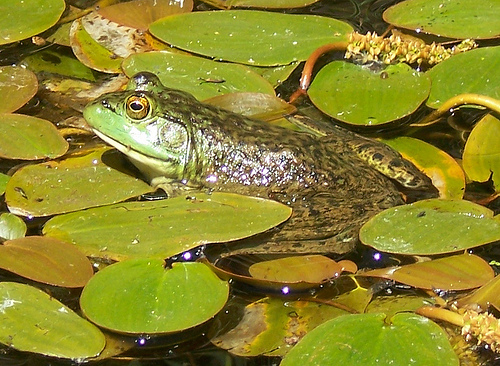 A recent study by researchers at
A recent study by researchers at 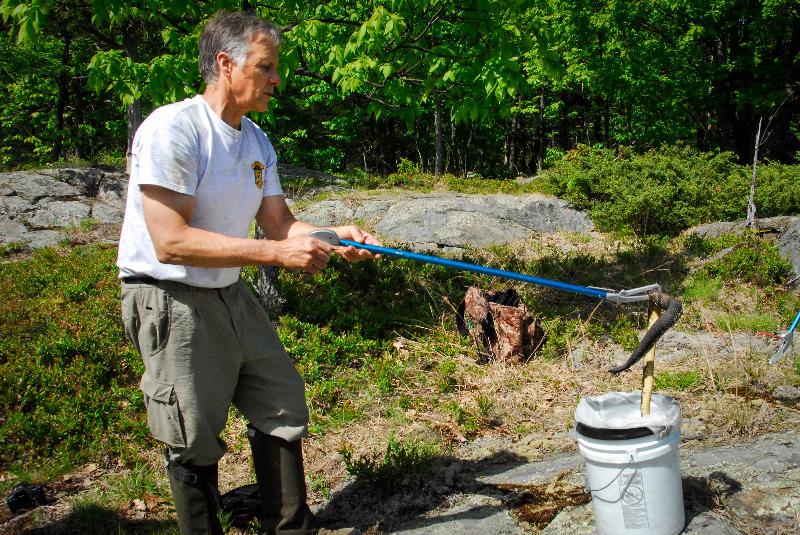 Nashville Public Radio
Nashville Public Radio 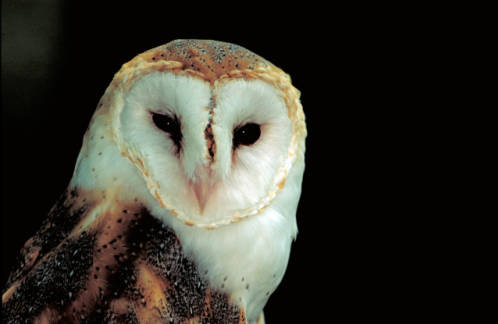 Delaware Division of Fish and Wildlife biologists began banding barn owls at the beginning of June. Since the annual banding project began in 1996, the biologists have banded 598 barn owls,
Delaware Division of Fish and Wildlife biologists began banding barn owls at the beginning of June. Since the annual banding project began in 1996, the biologists have banded 598 barn owls,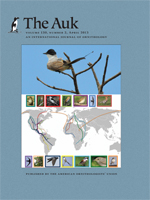 Geolocators are a relatively new tool that allows researchers to track the movements of small animals, such as birds.
Geolocators are a relatively new tool that allows researchers to track the movements of small animals, such as birds.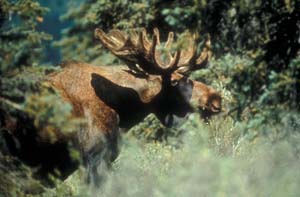 The Wyoming Game and Fish Department and the Wyoming Cooperative Fish and Wildlife Research Unit recently collared 28 cow moose to add to the 65 moose they are already tracking with GPS collars,
The Wyoming Game and Fish Department and the Wyoming Cooperative Fish and Wildlife Research Unit recently collared 28 cow moose to add to the 65 moose they are already tracking with GPS collars,